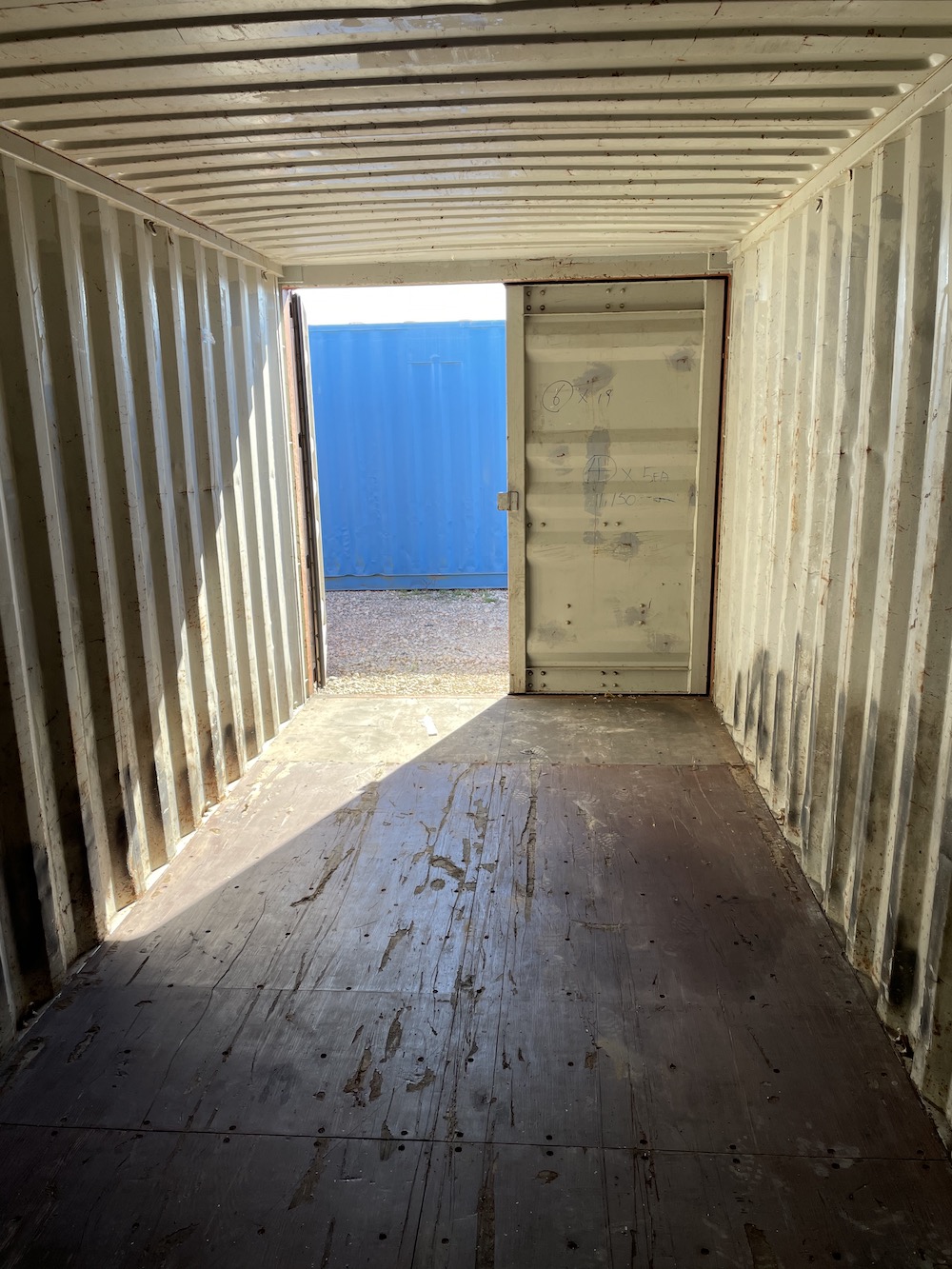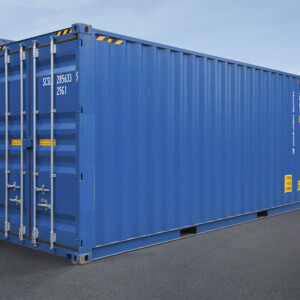For those navigating the seas of shipping logistics, container doors aren’t just for securing shipping containers—they’re critical for transportation and storage. Shipping containers come in all shapes and sizes, but their doors serve a container’s unique purpose. In this post, we’ll swing open the doors, so to speak, to reveal the many types of shipping container doors, their specific functions, and what to consider when choosing the right door for your needs.
Why Shipping Container Doors Matter
Shipping containers are the backbone of international trade, functioning vessels for transporting goods across continents. While a container’s strong steel frame and ability to stack on one another are pivotal to its success, the type of door can drastically alter how a container is used. Different industries demand different door types, each with unique benefits and functionality. The choice of door affects how a container is used, including how easy it is to access the inside, the types of goods it holds, security, and how it’s loaded and unloaded. Understanding the differences can help you decide which kind of container is best for you.
Common Types of Shipping Container Doors
There are various shipping container doors, from the standard double doors to the less common roll-up and sliding glass doors. Each type has its own set of unique features, designed with a specific purpose in mind. We’ll break down each type to help you decide which kind of door would best suit your needs.
Standard Shipping Container Doors
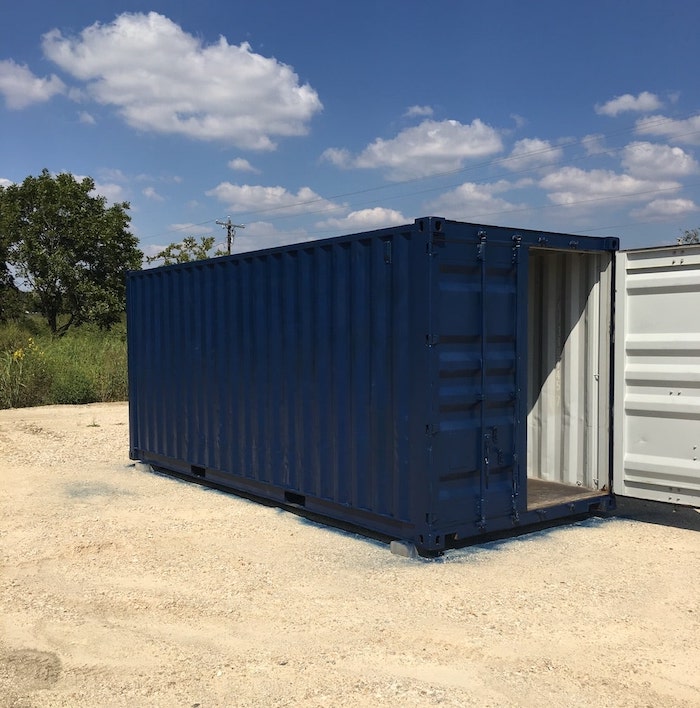
Standard container doors are the most basic type, typically found on 20-foot and 40-foot containers. They consist of a pair of swinging doors at the short end of the container, usually equipped with lock rods for security. Their simplicity makes them easy to load and unload.
High Cube Shipping Container Doors
Similar to standard doors, the distinguishing feature of high cube containers is their height, which allows for an extra 12 inches of loading space. This means that high cube doors are taller, enabling the accommodation of larger or taller items, which can benefit industries such as construction or machinery.
Cargo Shipping Container Doors
Cargo doors are primarily found on containers designed for specific types of cargo, such as vehicles or boats. They open on just one side of the container, allowing complete access without anything in the middle to get in the way. These doors often have a watertight seal to prevent leaks and are especially useful for loading and unloading heavy, awkwardly shaped items.
Full-Length Shipping Container Doors
Full-length doors run the entire length of the long side of the container. They provide unobstructed access to the whole interior of the container, making loading and unloading efficient and allowing access to both ends simultaneously.
Personnel Shipping Container Doors
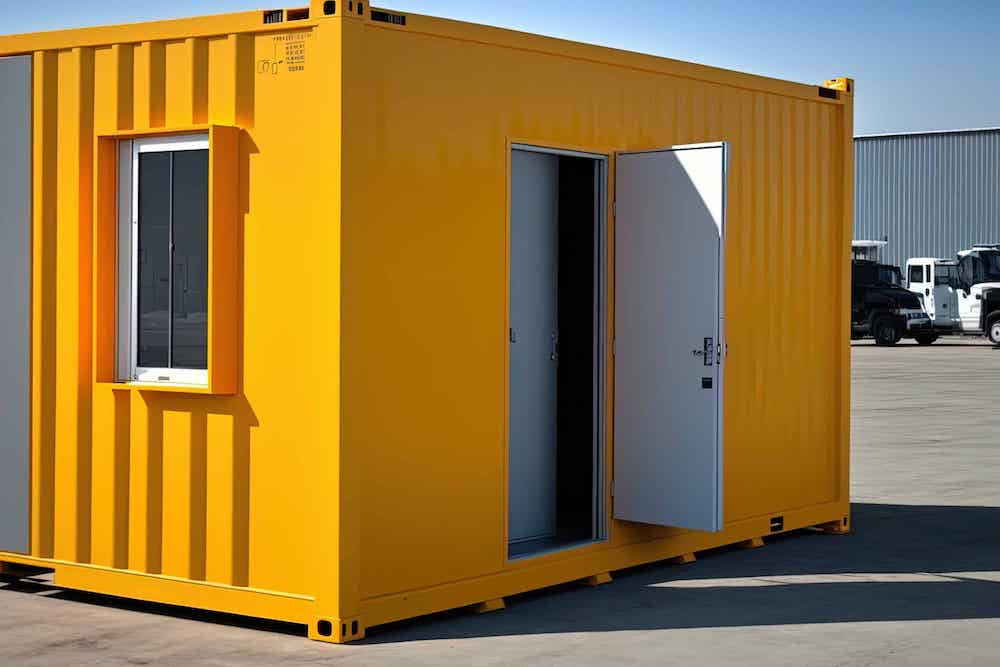
For containers repurposed as offices or workshops, personnel doors offer the convenience of a standard door, allowing easy access for walking in and out. These doors can be fitted with heavy-duty locks for added security.
Open-Side Shipping Container Doors
Containers with open side doors provide wall-to-wall access, which is best suited for quick and easy loading and unloading of odd-shaped and heavy cargo. This makes them suitable for transporting and displaying goods that are easier to access from the side, such as perishable items in cold chain logistics.
Open Top Shipping Container Doors
Open-top containers feature a removable top, often covered with a tarpaulin, and are suitable for loading goods with a crane. They are commonly used for transporting items that require top-loading, such as sand, gravel, and other construction materials.
Sliding Glass Shipping Container Doors
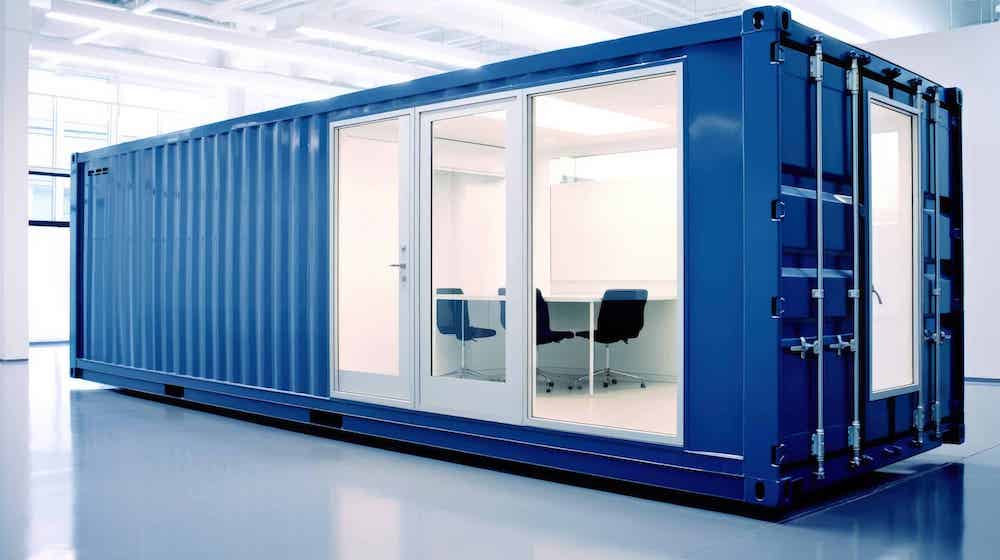
Sliding glass doors showcase the insides of a container. Instead of swinging the doors open, they slide to reveal the inside of the container. They also ensure ample natural light, which is excellent for containers modified for a storefront or living space.
Double Shipping Container Doors
Double doors can come in two sets of swinging doors or as a sliding door. These doors also allow for better organization of the container’s contents, as you can access the whole space from one set of doors without needing to unload all the goods.
Roll-Up Shipping Container Doors
Roll-up doors pull upward into a coil, making them popular among those who seek convenience in accessing their container without needing the space to open swinging doors. These doors are ideal for containers frequently accessed in tight spaces.
Refrigerated Shipping Container Doors
Refrigerated or ‘reefer’ containers have insulated doors that maintain a specific low temperature to preserve perishable goods during shipping and storage. The insulation and specific door design ensure airtight and temperature-controlled conditions inside the container.
A Comparative Look at Door Types
Deciding on a door type isn’t just about personal preference but functionality. Each of the above door types has a unique set of benefits and limitations in terms of security, accessibility, and versatility.
Security
If security is a concern, cargo, and personnel doors are typically equipped with the most secure locking mechanisms, while sliding glass doors will need additional security measures like alarms or cameras.
Accessibility
If you’re looking for an easy way of accessing a container’s contents, open side and roll-up doors can greatly improve accessibility, especially if you’ll be frequently loading and unloading your container.
Versatility
Finally, versatility is key. While cargo doors are great for storing vehicles, standard doors serve a more comprehensive range of use cases.
Choosing the Right Door for Your Shipping Container
The variety of container doors can be overwhelming. However, focusing on how you’ll use your container and your long-term goals can help you choose the perfect set of doors. Here are the key factors to consider when choosing the right door for your shipping container:
- Type of Cargo: What are you transporting or storing? Specific cargo requires specialized handling or accessibility.
- Operational Needs: Do you need to access your container quickly, easily, or frequently?
- Longevity and Maintenance: Consider how little or how much maintenance is required to increase the longevity of your doors over time.
- Future Needs: Consider any changes in your business or industry that may require a different door type.
Conclusion
Shipping container doors are far more than entryways; they determine the kind of cargo and how a container will be used. You can make an informed decision by understanding the various types of doors and their functionality. If you plan to use shipping containers for any purpose, this guide has been helpful. There’s always more to learn about the world of shipping and logistics, and we encourage you to share your experiences and insights with us. Our ‘doors’ are always open! Reach out with any questions or topics you’d like us to cover.


